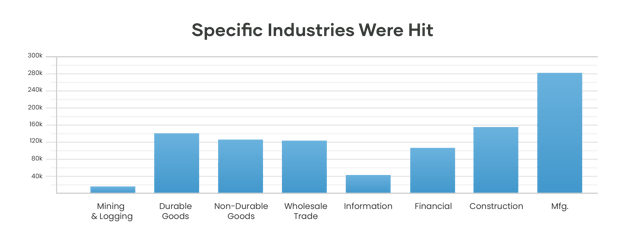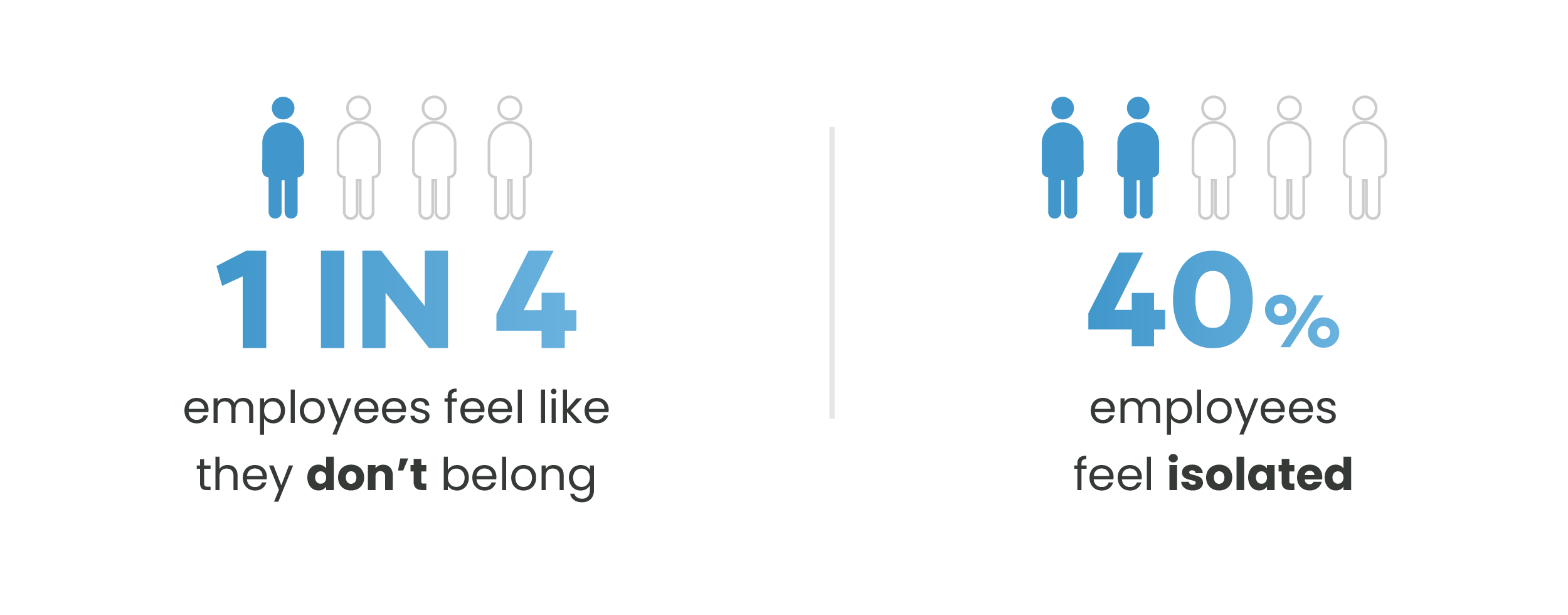Turnover is getting out of hand. The average employee turnover rate in 2022 was 47%. That means over 50 million U.S. workers quit their jobs. Like you, we’re asking ourselves, how is that possible? As we dug deeper, we realized that some industries were hit harder than others — construction, manufacturing, and leisure and hospitality to name a few.

But before we get too worked up, let’s walk it back to a simple definition. Employee turnover rate is the percentage of employees who leave an organization over a given time, whether voluntary or involuntary. When it comes to who decides, the numbers don’t lie. 70% of all U.S. employee turnover is voluntary, meaning they retire or quit by their own decision. But beyond the numbers, turnover says a lot about the state of the people who make up an enterprise, from employee satisfaction and work culture to the effectiveness of hiring and overall employee management.
What Does Turnover Mean for You?
 Higher Costs
Higher Costs
New employees are expensive, costing around 33% of the previous employee’s salary to attain and $1,400 to onboard.
![]() Lower Morale
Lower Morale
Good morale takes time, and if employees consistently leave, those left take the hit and start to wonder if they’re in the right place.
![]() Decreased Skill
Decreased Skill
Whether it’s intellectual or physical know-how, it takes time for your employees to build skills. When they leave, those skills walk out the door with them.
![]() Reduced Confidence
Reduced Confidence
When you lose experienced talent, the overall belief in the team’s capabilities can start to drop, especially for the ones on the frontline.
Turnover in 2024 and Beyond
As you might imagine, the 2024 forecast for employee turnover can seem bleak. For example, 53% of surveyed employees say they’re likely to leave their current company. And, as you surely feel, 77% of employers continue to struggle to fill open positions due to the 1.5 million fewer Americans in the workforce compared to four years ago. Unfortunately, it looks like workforce trends will remain that way for the foreseeable future. So, what can you do?

Employee Retention Is Everything
Beyond offering flexible work schedules and competitive compensation, the #1 thing you can do is implement technology to enhance your employee experience to build belonging. Workers who feel like they’re truly part of a team have a 50% lower turnover risk, 56% better job performance, and are 167% more likely to recommend their employer to others.

How do you build belonging? One highly effective way is to adopt effective communication. When you do, you can increase employee retention by 4.5 times. As it turns out, if you give every employee the opportunity for their voice to be heard, they feel 4.6 times more likely to feel empowered to perform their best work.
Using the Future of Communication to Tackle Turnover
The weavix platform and walt™ smart radio give everyone the tools to stay. When workers have a voice, they’ll naturally develop a greater sense of connection, safety, productivity, and belonging. Features like PT3, unlimited channel creation, Microsoft® Teams integration, and advanced language translation demolish every barrier in the path of a positive employee experience. It turns out that if you have greater access to workers, give them the opportunity to belong, take a people-first approach with lead change management, and increase business alignment, good things happen. What kind of good things? In this case, lower employee turnover costs and a greater sense of trust and productivity. The weavix platform can help you do just that. Book a demo today to see how we can hit turnover head-on and help keep your employees where they belong.
Subscribe
Don’t miss out on industry news and information. Subscribe to interweave, the official weavix™ blog today.


